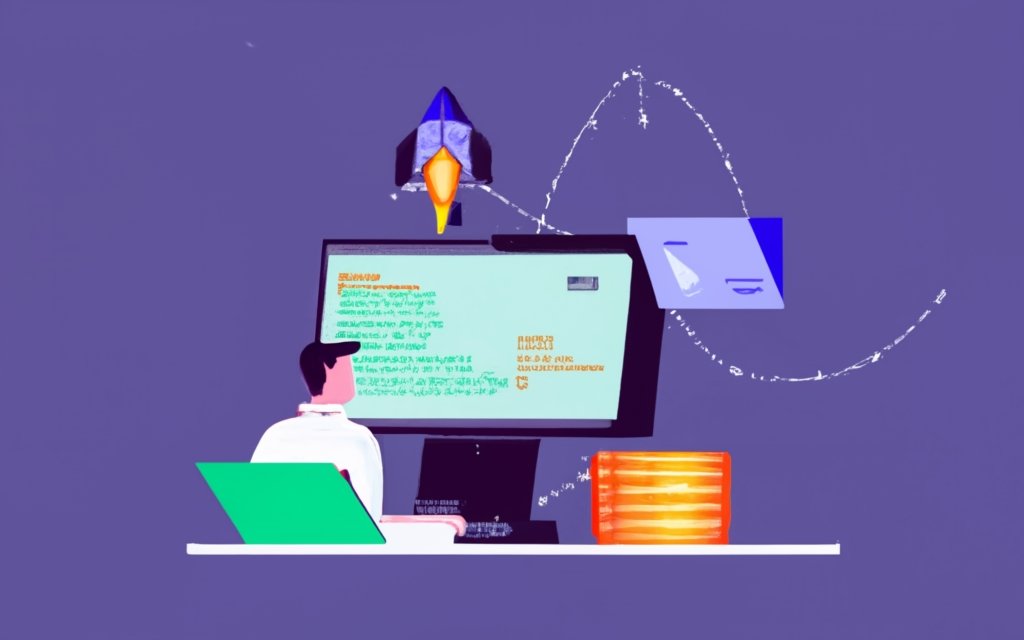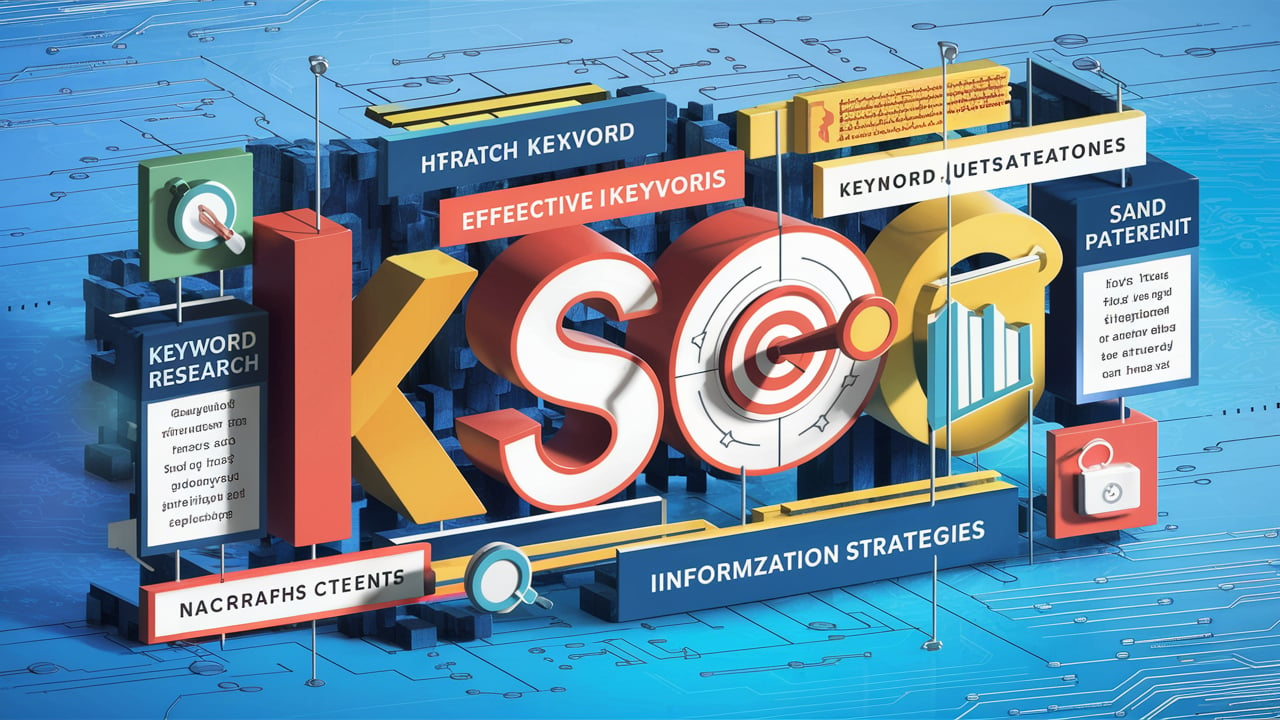JSON, short for JavaScript Object Notation, has become a key standard for transmitting data in web applications due to its simplicity and efficiency. We often work with JSON in JavaScript to consume data from APIs, configure applications, and more. This format is not only easy for humans to understand, but also easy for machines to parse. In this guide, I'll take you through the essential techniques to efficiently parse, manipulate, and serialize JSON in JavaScript.
Table of Contents
ToggleWhat is JSON?
JSON is a lightweight data exchange format, easily readable by both humans and machines. It is based on a subset of the JavaScript Programming Language Standard ECMA-262 3rd Edition – December 1999. JSON is a text format that is completely language-independent but uses conventions that are familiarly used by C family programmers, including C , C++, C#, Java, JavaScript, Perl, Python among others. Because of these similarities, a program that uses JSON can be prepared to work with data easily in any modern programming language.
Parsing JSON in JavaScript
JSON parsing is the process of converting a JSON string into a native JavaScript object or variable. JavaScript offers a global method JSON.parse() which can transform a JSON text string into a JavaScript object. For example:
const jsonData = '{"name": "John", "age": 30}'; const obj = JSON.parse(jsonData); console.log(obj.name); // Print: JuanHandling Exceptions when Parsing JSON
JSON parsing can fail, typically due to errors in the structure of the JSON format. To handle these errors and prevent our application from breaking, we can use blocks try...catch:
try { const obj = JSON.parse(jsonData); console.log(obj.name); } catch (error) { console.error("Error parsing JSON:", error); }JSON Data Manipulation
Once we have parsed the JSON into a JavaScript object, we can manipulate this data like any other object or array in JavaScript. Suppose we want to add a new field to the previous JSON object:
obj.profession = "Web Developer"; console.log(JSON.stringify(obj)); // Print: {"name": "John", "age": 30, "profession": "Web Developer"}JSON Data Filtering and Transformation
We often need to filter or transform data contained in JSON structures. Imagine that we have an array of JSON objects and we want to filter this array to find only those elements that meet a specific condition. We can do it using array methods like filter():
const users = [ {"name": "Ana", "age": 24}, {"name": "Félix", "age": 45}, {"name": "Luisa", "age": 30 } ]; const older than 30 = users.filter(user => user.age > 30); console.log(greater than 30); // Print: [{"name": "Felix", "age": 45}]Serialization of Objects to JSON Format
Serialization is the reverse process of parsing; involves converting a JavaScript object into a JSON text string. This is achieved using JSON.stringify(). This method is extremely useful when we need to send data from a web client to a server in JSON format.
const obj = {name: "Laura", age: 28}; const jsonString = JSON.stringify(obj); console.log(jsonString); // Print: {"name": "Laura", "age": 28}Serialization Customization
JSON.stringify() allows you to insert a "replacer", which can be a function or an array, to control how and what values should be included in the generated JSON string:
const user = { name: "Carlos", age: 32, password: "123456" // We do not want to include this sensitive information }; const replacer = (key, value) => { if (key === "password") { return undefined; } return value; }; const result = JSON.stringify(user, replacer); console.log(result); // Print: {"name": "Carlos", "age": 32}In short, working with JSON in JavaScript is essential for modern web development. Mastering JSON parsing, manipulation, and serialization techniques will allow you to manage data efficiently and securely, essential in building robust, high-performance web applications.
For more details on other development topics, visit my blog at NelkoDev and if you have specific questions or need more personalized support, you can always contact me via NelkoDev Contact.






